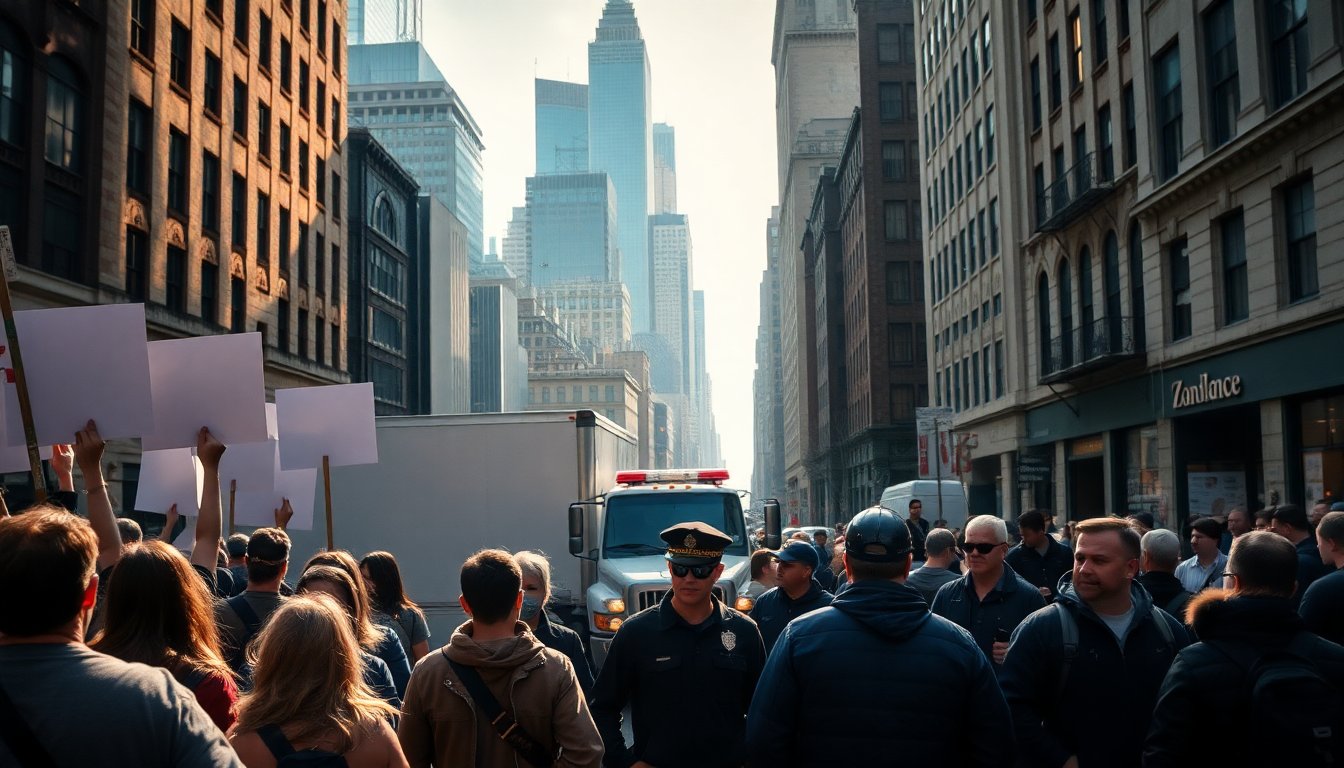Table of Contents
As the mayoral race in New York City intensifies, the potential election of Zohran Mamdani raises concerns about public safety and the city’s financial stability. His ambitious proposals may result in a rapid deterioration of essential services and safety measures, placing New Yorkers in precarious situations.
The implications of Mamdani’s proposed policies
If Mamdani’s vision comes to fruition, it could lead to chaos similar to past crises in the city. The potential closure of Rikers Island could see nearly 8,000 inmates released without sufficient plans for rehabilitation or housing.
Critics warn that this situation could increase crime rates, as former inmates may struggle to reintegrate into a society that is not prepared to support them.
Financial recklessness
Mamdani’s ambitious agenda includes promises of substantial financial commitments, such as $6 billion annually for childcare and significant funding for public transit.
However, these proposals face skepticism due to the city’s current budget deficit, which amounts to a staggering $17.1 billion. State officials, including Comptroller Thomas DiNapoli, warn that without significant changes, New York could experience a financial crisis reminiscent of the severe challenges faced in the 1970s.
State intervention and the governor’s authority
As potential unrest looms, many residents of New York may turn to the state government for intervention. Current laws empower the governor to challenge the mayor’s authority and even initiate removal proceedings if deemed necessary.
This mechanism acts as a vital safeguard for city residents, particularly if Mamdani’s policies lead to unmanageable consequences.
Historical precedents
The authority to remove a mayor is rooted in history, dating back to the Franklin D. Roosevelt administration in the early 1930s.
Roosevelt successfully sought to oust the corrupt Mayor Jimmy Walker. The courts upheld the governor’s authority, establishing a precedent that continues to resonate today. This legal framework underscores the idea that unchecked governance can be addressed through state intervention when required.
The political landscape and future implications
The upcoming gubernatorial election in 2026 is poised to be significantly shaped by Mayor Mamdani’s actions. Republican candidates are likely to exploit any resulting turmoil to challenge the effectiveness of Democratic leadership. Governor Kathy Hochul stands at a pivotal moment; her relationship with Mamdani could impact her political trajectory. Will she be prepared to take decisive action if the city descends into chaos?
As Mamdani seeks support from various political groups, including the Democratic Socialists of America, his policies raise critical questions about the city’s future direction. Concerns are growing that his progressive approach to governance may alienate centrist voters, potentially fracturing the city’s political landscape.
Challenges ahead for Mamdani
Mamdani’s campaign has attracted significant attention, yet the practical aspects of implementing his vision pose considerable challenges. Previous governors have often been reluctant to utilize their removal powers, raising questions about how future leaders might respond to emerging crises. The dynamics between the mayor and the governor will be crucial in determining the city’s trajectory, especially during times of difficulty.
The implications of electing Zohran Mamdani as mayor of New York City are significant and complex. His proposed policies could potentially lead to financial instability and increased crime rates, while also testing the boundaries of state intervention. As voters prepare to make their decisions, the stakes for the city’s safety and prosperity are notably high.




